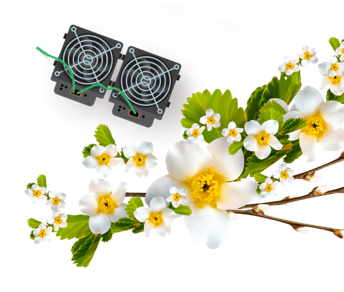An Ethereum mining pool is a group of individual miners who come together, pooling their resources, (hence the name), to produce the Ethereum cryptocurrency. The combined hashing power of all their machines in the Ethereum mining pool is better at generating rewards for everyone than if they were to go it alone. Depending on how much work they contributed, each individual in the pool receives a proportionate share of the reward. Each group member in the Ethereum mining pool is awarded based on the verification of their work by the system.
Ethereum mining pools first came into existence when it became apparent that the coin was becoming harder to mine as time went on. Each cryptocurrency has a hard cap, which means a limit on how many can be produced in total. As more coins are mined, that leaves fewer left to be discovered, and the algorithm’s difficulty level rises to match. Greater difficulty means more hashing power as required, which means better computers.
ASIC stands for Application Specific Integrated Circuits, and it is used to refer to computers that have been designed to perform one task very well. In this situation, there is a definite advantage in using ASIC-based machines, because their dedicated hardware is perfectly suited to the task of mining Ethereum, and because of that they often much greater efficiency than generic PC setups.
The mining algorithm for the Ethereum cryptocurrency is called EtHash. It was designed to remove any advantage that ASIC-based Ethereum mining pools might have, but it’s been discovered by a crypto mining company called Bitmain that there is a way to design ASICs for just this purpose, and that’s just what they have been doing.


